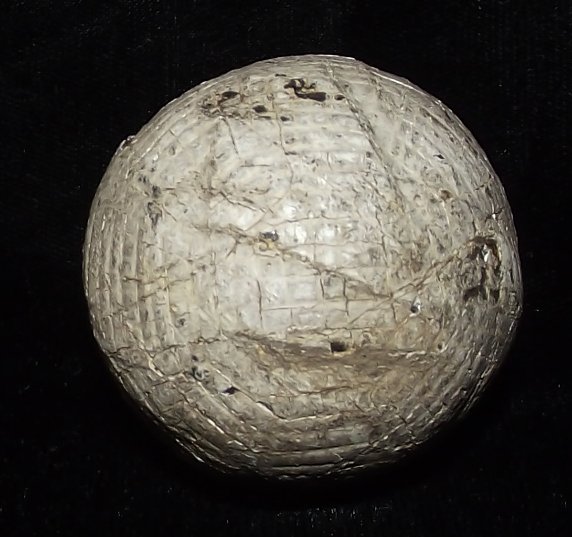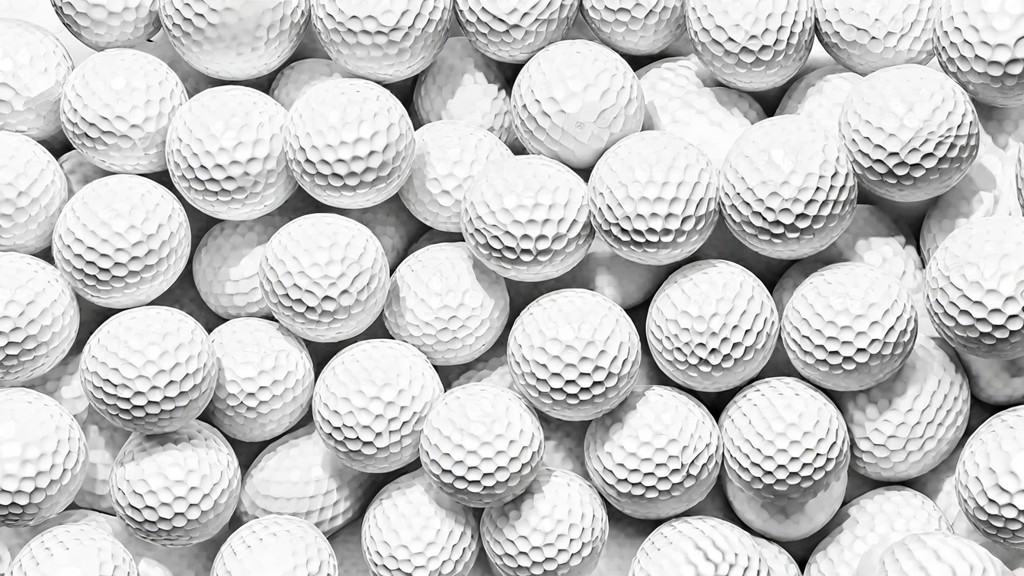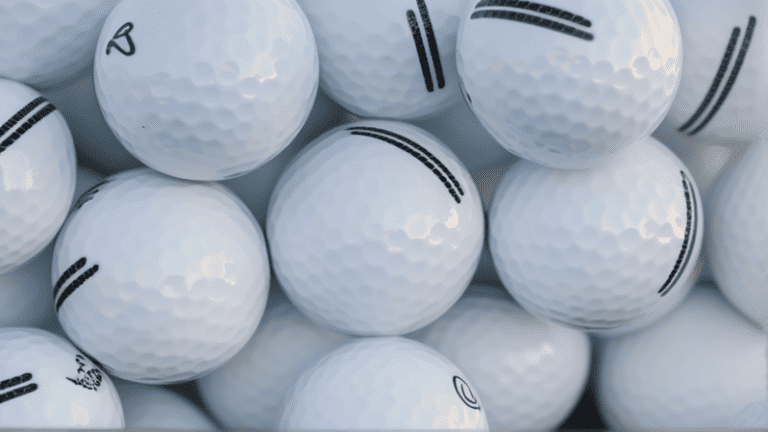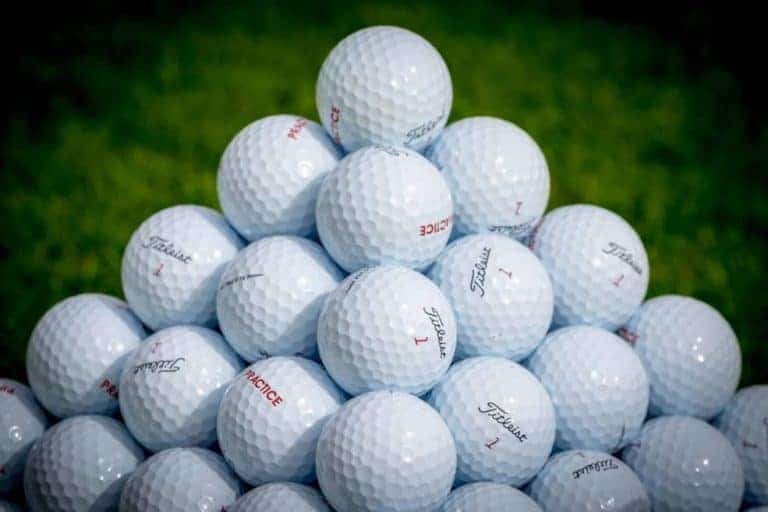Discover 3 Reasons Why Golf Balls Have Dimples To Help Your Game
The Dimpled History and Science: The Evolution of the Golf Ball
When it comes to golf, much more than meets the eye goes into each swing, all the way down to the equipment used, including the golf ball itself. What are the reasons why golf balls have dimples?
Have you ever wondered just how many small indentations—or dimples—are there on a golf ball, and how they came about? After all, not every ball used in sports has these distinctive features.
Golf balls typically have between 300 to 500 dimples, with the average sitting around 336. Throughout history, the number of dimples has been refined, but it all started with the discovery that a scuffed or weathered ball performed better than a smooth one.

The Golf Ball’s Long Journey
The golf ball’s long evolution dates back to the early 14th century. The initial ‘Featherie’ golf balls were smooth, hand-sewn leather pouches stuffed with goose feathers. In the mid-19th century, ‘Gutties’, golf balls made from the sap of the Gutta tree, became prominent. These balls tended to develop nicks and cuts with use, mysteriously exhibiting better flight characteristics than their smoother counterparts.
The Golf Museum at the James River Country Club has a great exhibit showcasing the evolution of the golf ball. It’s a great overview of why golf balls have dimples.
The dimples reduce drag, the resisting force an object experiences when moving through a fluid—air, in this case. The spinning action makes the air pressure on the bottom of the ball higher than the air pressure on the top. This imbalance creates an upward force on the ball. This causes the ball to spin and accounts for one-half of a golf ball’s lift. The dimples, provide the other half, which provides lift force.
A smooth golf ball hit by a professional golfer would travel only about half the distance of a golf ball with dimples. A golf ball’s dimples create turbulence in the layer of air next to the ball, reducing the drag and helping lift the ball, enabling it to stay longer in the air and travel further.
The First Patent To Show Why Golf Balls Have Dimples
In 1905, a dimpled golf ball patent was granted to William Taylor in England. Taylor understood the advantages of the roughened Guttie balls and decided to standardize the effect by creating a ball with regular depressions, or dimples, on the surface.
The dimples on a golf ball have transformed over time. Initially, the dimples were quite shallow, but in the mid-1930s, an American engineer named Fred Morrison observed that deeper dimples also improved lift. Since then, the experimenting has continued, and these days, golf balls are made with different dimple counts, shapes, sizes, and patterns.
Today’s manufacturers use computational fluid dynamics to analyze the flow around a golf ball during its flight. This state-of-the-art computer modeling enables them to tweak the dimple size, depth, distribution, and shape to optimize distance and stability in flight.
While the earliest golf balls had no dimples and the first patented version had a mere 336, modern golf balls often have 500 or more. Titleist, a leading golf ball manufacturer, for instance, has multiple balls in production. Their Pro V1 has 352 dimples, and the newer AVX has an impressive 352 dimples of various sizes. Callaway’s Chrome Soft balls have 332 dimples, while their Supersoft orbs have 332 hexagonal dimples designed for maximum distance through the lower spin and increased roll.
In our overview of the best golf balls for beginners, we take a look at more than why golf balls have dimples. We look at how dimples and additional equipment technology help power your game.
In conclusion, the number of dimples on a golf ball, which averages around 336, is not just a random trait but a product of centuries of refinements for the love of the game. As technology advances, we can expect to see the humble golf ball continue evolving while refining the principles applied over a century ago. While golf can certainly be a humbling game, having to play with dimple-less older balls would certainly make it exponentially harder.







